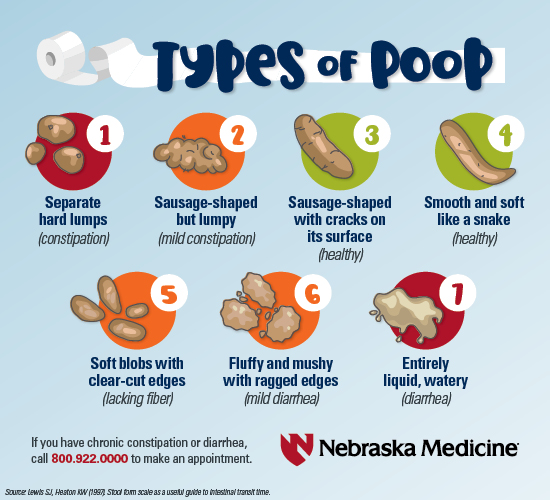Physical Address
304 North Cardinal St.
Dorchester Center, MA 02124
Physical Address
304 North Cardinal St.
Dorchester Center, MA 02124

Contents
Watery diarrhea is a common condition characterized by liquid stools, often occurring multiple times a day with a lack of control over bowel movements. This type of diarrhea can be caused by various factors, including viral infections like norovirus, bacterial infections such as Clostridioides difficile, and underlying medical conditions like celiac disease and irritable bowel syndrome (IBS).
Watery diarrhea is typically accompanied by symptoms such as nausea, vomiting, loss of appetite, cramping, fever, and blood in the stool. The frequency, severity, duration, and color of the diarrhea can vary depending on the underlying cause. For instance, watery yellow diarrhea occurring frequently may indicate a parasitic infection like giardiasis.
If watery diarrhea persists for more than two days in adults or 24 hours in young children, medical attention should be sought. Additionally, symptoms like high fever, severe abdominal or rectal pain, black or bloody stools, and signs of dehydration warrant immediate medical care to prevent complications.
While watery diarrhea is often temporary and harmless, it can lead to complications such as dehydration and malabsorption in some cases.
Dehydration can occur when the body loses more fluids than it takes in, leading to symptoms like thirst, dark urine, fatigue, dry mouth, and lightheadedness. In severe cases, dehydration can result in serious complications such as seizures, kidney failure, and hypovolemic shock, especially in small children.
Malabsorption can result from infections that disrupt the body’s ability to absorb nutrients properly, leading to symptoms like abdominal pain, bloating, changes in appetite, and unintended weight loss. Parasitic infections are among the causes of malabsorption associated with watery diarrhea.
Watery diarrhea can be caused by various germs, including viruses, bacteria, and parasites spread through contaminated food, water, or poor hygiene practices. Medical conditions like lactose intolerance, celiac disease, and IBS can also contribute to watery diarrhea.
Viruses like rotavirus, norovirus, astroviruses, and adenoviruses are common culprits of viral gastroenteritis, leading to symptoms such as watery diarrhea, cramping, and nausea. Most viral infections causing watery diarrhea are self-limiting and do not require specific treatment.
Bacterial infections such as Campylobacter, Escherichia coli (E. coli), Salmonella, Shigella, and Clostridioides difficile can result in watery diarrhea, often transmitted through contaminated food or water sources. Antibiotics may be necessary to treat bacterial causes of watery diarrhea.
Parasitic infections like Cryptosporidiosis, Cyclosporiasis, and Giardiasis can lead to watery diarrhea, commonly found in areas with poor sanitation. These parasites are often transmitted through contaminated food or water sources, causing symptoms like foul-smelling diarrhea, gas, and stomach cramps.
Diagnosing watery diarrhea typically involves a physical exam, stool tests, blood tests, hydrogen breath tests, and sometimes endoscopic procedures to identify the underlying cause. Treatment focuses on addressing the root cause, such as using anti-diarrheal medications, antibiotics for bacterial infections, or antiparasitic drugs for parasitic causes.
Replacing lost fluids is crucial in managing watery diarrhea to prevent dehydration. Drinking water, electrolyte-balanced fluids, and avoiding caffeinated and alcoholic beverages can help maintain hydration levels and restore electrolyte balance.
Preventing watery diarrhea involves practicing good hygiene, ensuring food safety, and getting vaccinated against common causes like rotavirus and cholera. Improved handwashing, proper food handling, and vaccination can reduce the risk of infections leading to watery diarrhea.
By understanding the symptoms, causes, complications, and treatment options for watery diarrhea, individuals can take proactive steps to manage this common gastrointestinal issue effectively.